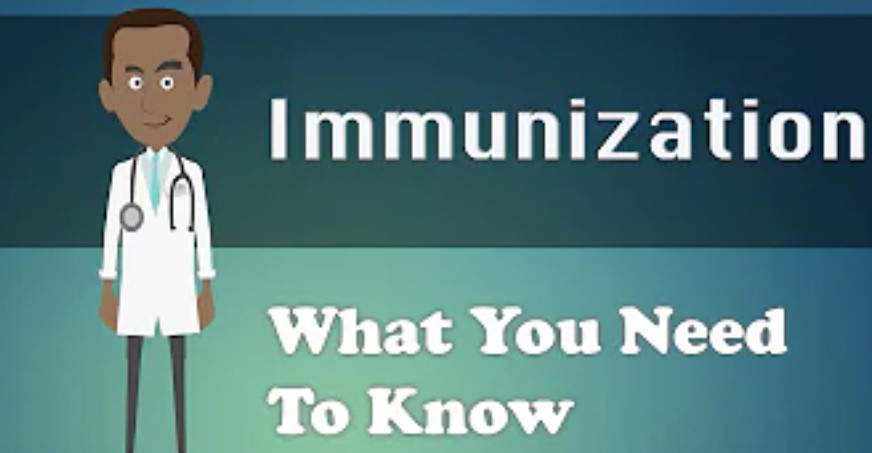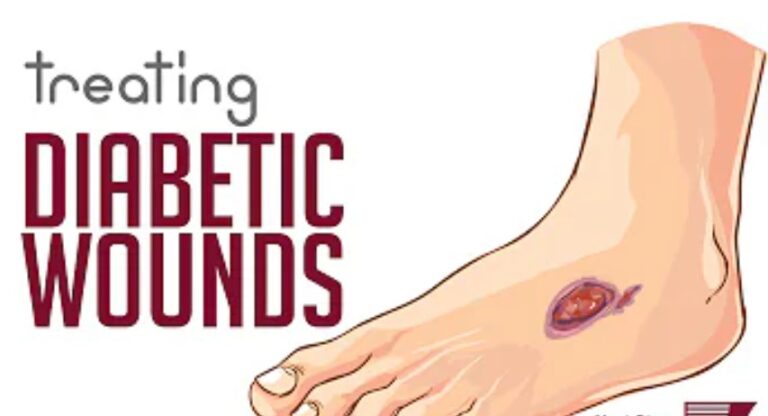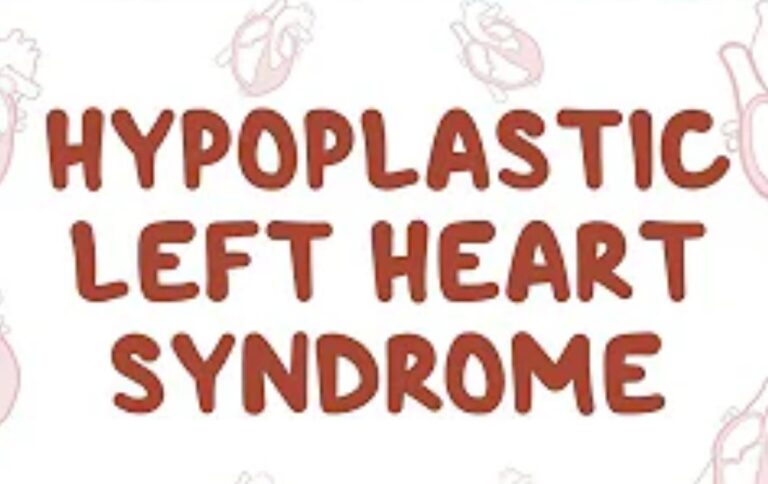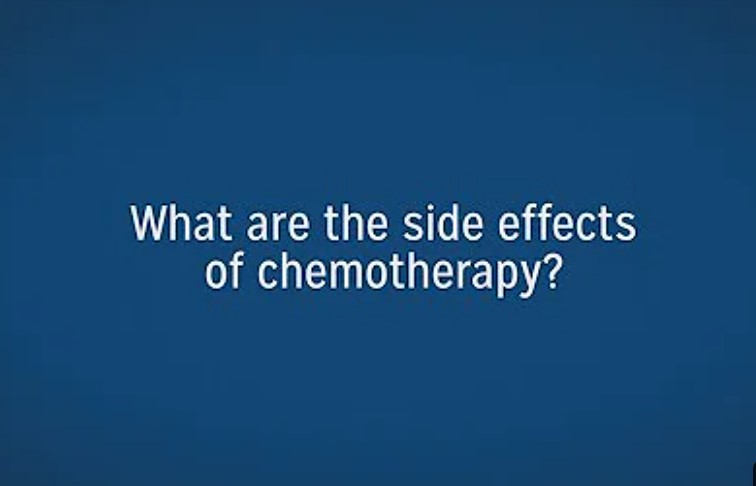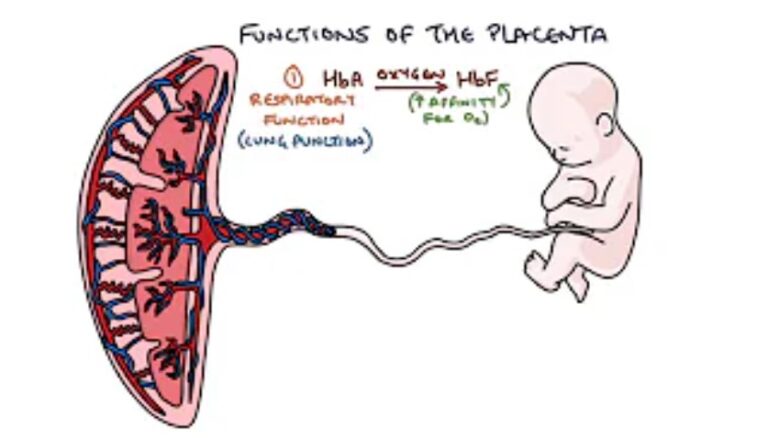21 Vaccine Preventable Diseases and Benefits of Immunization
If there is anything that the current Coronavirus pandemic has shown, it is, without doubt, the importance of Vaccines and Medicines in the advancement of mankind and our battle against diseases.
The Covid-19 outbreak which started in January 2020 in Wuhan, a city in China has infected over 6 million persons globally and claimed the lives of almost 400,000 individuals with the US being the worst hit.
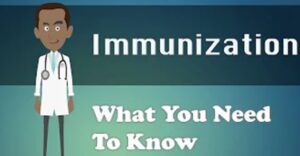
In Nigeria, there have been over 11,000 recorded cases with over 300 deaths from Covid-19 complications.
Today, we want to emphasize the importance of Vaccines and remind everyone that vaccines work!
Immunization prevents between 2-3 million deaths every year. 5 visits will get the child fully immunized. A fully immunized child is strong and healthy. This remains the greatest asset to the family and nation.
PUBLIC HEALTH INFORMATION:
- 1. Immunization is Free and It is your basic right as a Nigerian.
- 2. We can save millions of Nigerians from vaccine-preventable diseases through immunization,
- 3. Millions of Nigerians are dying from Vaccine-preventable diseases.
- 4. immunization is made to prevent diseases and not to cure sicknesses.
- 5. Immunization/Vaccination is not a means/strategy to reduce population.
- 6. Immunization/Vaccination doesn’t cause impotence/sterility or any other disease.
- 7. Nigeria has the lowest immunization rate in Africa
- 8. Nigeria is the only country in Africa with polio with high transmission in the north.
- 9. Ignorance, religion, culture, and misinformation contribute to immunization failure in Nigeria
- 10. Nigeria has to develop Vaccines locally, to combat various diseases.
What are Vaccines?
An inactivated or attenuated pathogen (toxin) or, a component of a pathogen that when administered to the host, stimulates a protective response of the cells in the immune system. Don’t worry, all these are just grammar. Just understand that vaccines are medical substances given to people to help them boost their immune systems and fight against diseases.
They can be life, weakened, or killed organisms.
Vaccination: is the process of exposing an individual to these vaccines to induce the individual to produce antibodies that would help them fight diseases.
How are Vaccines Given?
Vaccines are given at different sites of the body. Some are given Orally like the Oral Polio vaccine. Others are injectables given either at the arm or the thigh.
How much do Vaccines cost?
In Nigeria, a good number of these vaccines are FREE and paid for by the efforts of the government and the World Health Organization Expanded Programme on Immunization. They are part of the Nigerian NPI schedule for newborn babies from birth to 18 months. The others which are not free are available at various hospitals in the country at a price.
Where do I get these Vaccines in Nigeria?
To get your baby Vaccinated, simply visit any primary health centre (PHC) around your area or any General Hospital or Teaching Hospital closest to you.
Vaccines provided for by the NPI
At Birth, a baby receives the BCG, OPV0, and Hep-B0 vaccines that protect against Tuberculosis, Polio, and Hepatitis B.
At 6 weeks, the baby receives OPV1, Pentavalent1, PCV1, and Rota1: These vaccines protect against Polio in addition to Diphtheria, pertussis, Tetanus, Hepatitis B, and Haemophilus Influenza (all in Pentavalent), as well as Diarrhoea, caused by Rotavirus.
At 10 weeks, the baby goes back for OPV2, Pentavalent2, PCV2, and Rota2 which offer protection against the same organisms above.
At 14 weeks, they go back for OPV3, IPV, Pentavalent3, PCV3
At 9 months, the baby receives vaccines against Measles and yellow Fever.
At 12 Months, the baby receives vaccines against Meningitis.
Vaccines against Cervical cancer are given to young girls from 9 years of age and above, as well as women.
What are the Vaccine-Preventable Diseases?
According to the World Health Organization, the following are diseases that can be prevented by adequate vaccination. They include:
1. Cervical cancer: this is a form of cancer that affects the cervix in females. If not discovered early and treated, it can progress to include other organs. Cervical cancer is mostly caused by repeated infections of the Human Papilloma Virus (HPV). It is transmissible by sexual intercourse. HPV vaccines are available and they protect against this form of cancer as well as genital warts also caused by the virus. The vaccines target young girls between the ages of 9 and 13 before they become sexually active. Read more about cervical cancer and the HPV Vaccine here.
2. Cholera: this is a disease that is common in childhood. It is caused by a bacterium known as Vibro cholerae. It is transmitted by the fecal-oral route through the ingestion of contaminated food or water. Characteristic symptoms include rice-water stool, diarrhoea leading to dehydration, and weakness.
3. Diphtheria: An acute and toxic infection caused by Corynebacterium diphtheria. Transmission is through air droplets or direct contact with infected secretions. It affects both the skin and respiratory system.
4. Ebola: this is a viral hemorrhagic fever caused by the Ebola Virus. It is transmitted by contact with fluid from infected persons or surfaces.
5. Hepatitis B: This is a viral disease that leads to inflammation of the liver. It is caused by the Hepatitis B virus. It is transmitted through sexual intercourse as well as through blood transfusions.
6. Influenza: A viral infection that attacks the lungs, nose, and throat. It is caused by the Influenza virus. Transmission is by air droplets.
7. Japanese encephalitis: An infection that causes swelling of the brain. It is caused by a virus. Transmission is by the bite of infected mosquitoes.
8. Measles: this is a disease that affects the skin, causing red rashes. It is caused by the paramyxovirus virus. Transmission is by contact with infected persons.
9. Meningitis: this is a disease condition that results in inflammation of the covering of the brain and spinal cord known as the meninges. The commonest causative organisms of meningitis are Neisseria, H.influenzae, and Streptococcus Pneumonia. Symptoms include neck stiffness and joint and back pain.
10. Mumps: This is a condition that results in painful swelling of the parotid gland, located around the cheek. It is caused by the Mumps virus. It is spread by infected saliva.
11. Pertussis: this is the cause of whooping cough. It is caused by the bacterium Bordetella Pertussis. It is transmitted through air droplets.
12. Pneumonia: this is a disease of the lungs. The commonest causes are Strep pneumonia, mycoplasma pneumonia, and chlamydia pneumonia. Transmission is through air droplets.
13. Polio: this is a disease that affects the nervous system and causes paralysis. It is caused by the poliovirus. It is caused by the ingestion of contaminated food or water. There is still no cure for polio, but it has almost been eradicated using vaccines.
14. Rabies: it is a disease of the nervous system that causes inflammation of the brain. It is caused by the Rabies virus. It is transmitted through the bites of infected animals.
15. Diarrhoea: this is a condition that results in the passage of watery stool and loss of fluid. It commonly affects infants between the ages of 1 to 5. It is commonly caused by Rotavirus. Transmission is through the ingestion of contaminated food or water.
16. Rubella: it is a disease that affects the skin. It is also known as German measles. It is caused by the Rubella virus. Transmission is by contact with the secretions (saliva) of an infected person.
17. Tetanus: this is a disease condition of the nervous system that affects the muscles. It is caused by the bacteria Clostridium tetani. It is transmitted through the soil/fomites.
18. Tuberculosis: this is a disease of the lungs and respiratory system. It is caused by the bacterium, Mycobacterium Tuberculosis. It is transmitted through air droplets.
19. Typhoid: it is a disease of the Gastrointestinal tract. It is caused by the bacterium, Salmonella Typhi. It is transmitted through the ingestion of contaminated food or water.
20. Chicken Pox: this is a disease that manifests as a pox on the skin. It is caused by the Varicella Zoster Virus (VZV) or Herpes simplex 3. It is transmitted through contact with infected persons.
21. Yellow Fever: it is a type of viral hemorrhagic fever. It is caused by the yellow fever virus. It is transmitted through the bite of the infected Aedes mosquito.
22. Malaria: According to the World Health Organization, Clinical trials for a Malaria vaccine are already in progress in Kenya, Ghana, and Malawi and are showing very promising results so far.
What are the Benefits of Vaccines
To the Individual: It protects individuals against illness, disability, and possible death from the disease.
To the Community: It makes it difficult for the pathogen to spread through that community. The resistance of the community as a whole, its herd
immunity, is increased.
To the Government: They can prevent many infectious diseases and so improve quality of life At comparatively little cost, thereby freeing resources for other health care priorities.
Yes, vaccines work! Spread the message!
